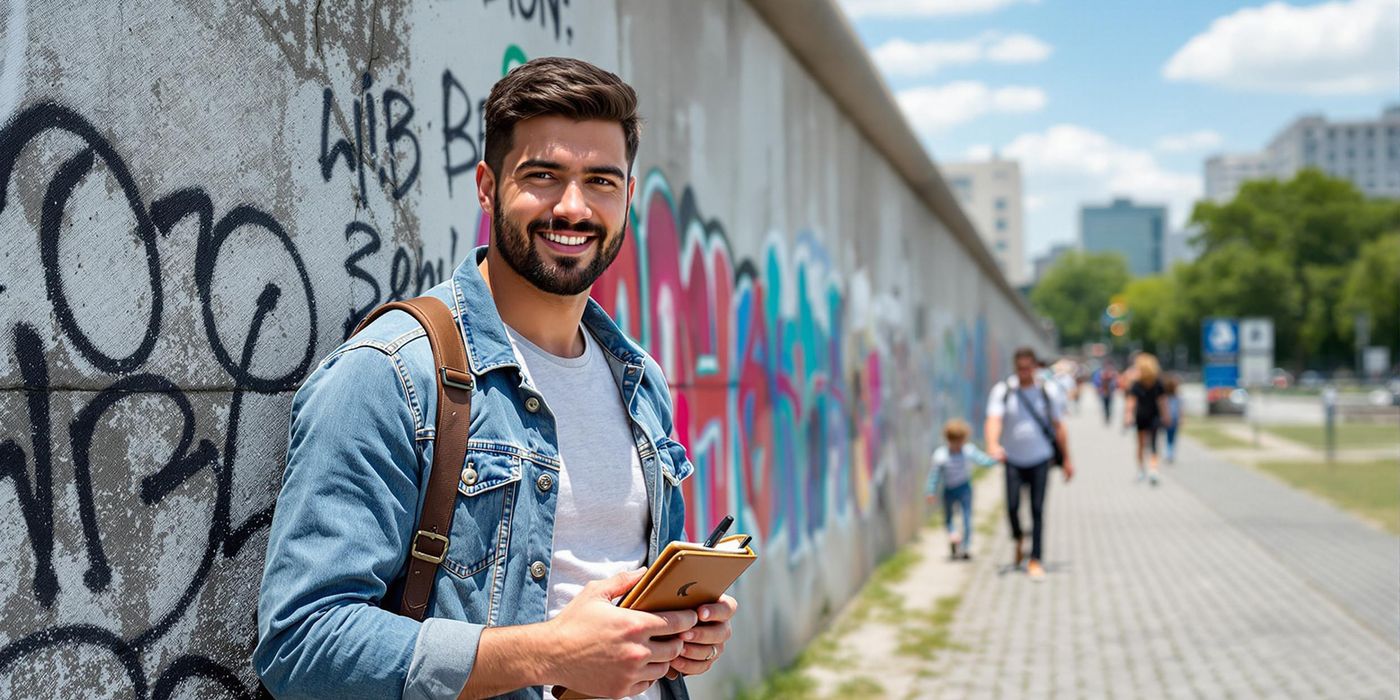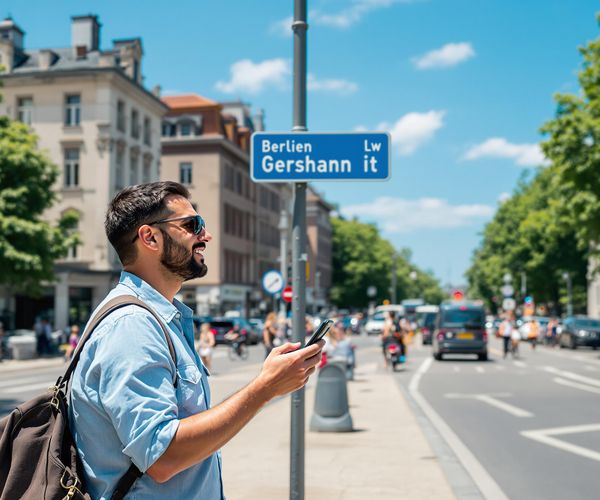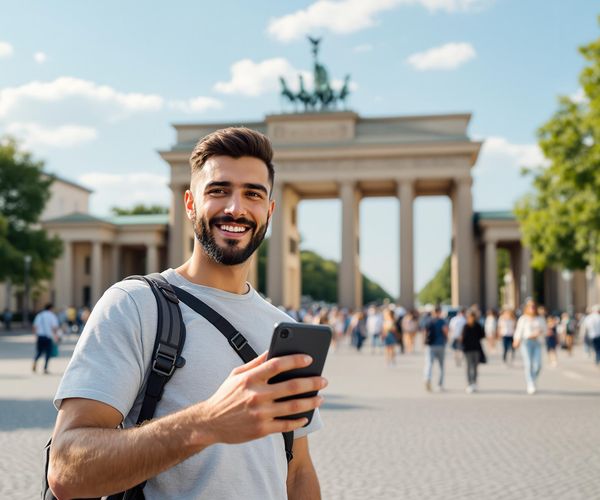As a software developer living in Berlin, I've found myself drawn to the city's layers of history. From the remnants of the Berlin Wall to the grandeur of Prussian palaces, there's so much to explore. But it's not just about seeing these sites; it's about truly engaging with them. Over the years, I've developed a few strategies to make my historical explorations more meaningful, and I'm excited to share them with you.
Pre-Trip Prep: Laying the Groundwork for a Deeper Dive
Before even setting foot on historical ground, the real journey begins. It's easy to wander aimlessly, snapping photos, but the experience becomes richer when you understand the context. I always start with research. Understanding the who, what, when, where, and why transforms a pile of stones into a story.
For resources, I'm a big fan of blending old and new. Books offer in-depth analyses, and documentaries can visually bring history to life. Don't underestimate online archives; many museums and libraries are digitizing their collections, offering a treasure trove of information. And for academic rigor, JSTOR and Google Scholar can point you to scholarly articles.
Technology is your friend here. Historical site apps can provide on-the-ground information, while virtual tours can offer a sneak peek before you go. Interactive maps are fantastic for understanding the layout of a site and its surroundings. I remember using a virtual tour of the Roman Forum before my trip to Rome – it made navigating the actual site so much easier.
Finally, create a focused itinerary. What aspects of the site's history intrigue you most? Are you interested in military history, social movements, or architectural styles? Tailoring your visit to your interests will make the experience more rewarding. When I visited the Anne Frank House in Amsterdam, I focused on understanding the daily lives of the people in hiding, which shaped my entire visit.
On-Site Immersion: Engaging with History in the Moment
You've done your homework; now it's time to experience the site firsthand. One of the best ways to do this is by taking a guided tour. A knowledgeable guide can provide insights you wouldn't find on your own. Don't be afraid to ask questions – that's what they're there for! I once learned about a hidden tunnel system beneath a medieval castle simply by asking a tour guide about unusual markings on a wall.
Speaking of hidden gems, venture beyond the main attractions. Often, the lesser-known areas of a site offer unique perspectives and a sense of discovery. These quieter corners can provide a more intimate connection to the past. During a visit to Pompeii, I spent hours exploring the residential areas, imagining the lives of ordinary citizens before the eruption.
Photography can be a powerful tool for reflection. Capture details that resonate with you – a weathered stone, an intricate carving, a panoramic view. Later, when you review your photos, you'll be surprised at how much they evoke the experience. I often find myself noticing details in my photos that I missed in the moment.
And don't forget to pay attention to architectural details. The way a building is constructed can tell you a lot about the people who built it and the times they lived in. The materials they used, the techniques they employed, and the overall design can all offer clues to the past. For example, the soaring arches of Gothic cathedrals reflect a period of religious fervor and technological innovation.
Connecting with Local Perspectives: Unearthing Hidden Narratives
History isn't just about dates and events; it's about people. Engaging with local historians and guides can provide personal stories and alternative viewpoints that you won't find in textbooks. These individuals often have a deep connection to the site and can offer unique insights.
Visiting local museums and cultural centers is another great way to broaden your understanding of the site's context. These institutions often showcase artifacts and exhibits that provide a more nuanced perspective. When I visited Kyoto, Japan, the local museums helped me understand the cultural significance of the city's temples and gardens.
Supporting local businesses and artisans is a way of contributing to the preservation of the area's heritage. By buying locally made goods and services, you're helping to keep traditional crafts alive and supporting the local economy. Plus, you're getting a unique souvenir that's more meaningful than a mass-produced trinket.
Learning basic phrases in the local language can also facilitate deeper interactions. Even a few simple greetings can go a long way in building rapport with locals and showing respect for their culture. It opens doors to conversations and experiences that you might otherwise miss. Before traveling to Spain, I learned a few basic Spanish phrases, which made my interactions with locals much more enjoyable.
Post-Visit Reflection: Continuing the Historical Journey
The journey doesn't end when you leave the site. In some ways, that's when the real exploration begins. Journaling and note-taking are great ways to record your impressions and insights from the visit. What struck you most? What questions do you still have? Writing down your thoughts can help you process the experience and solidify your understanding.
Sharing your experiences with others can also deepen your understanding. Discussing the historical significance with friends, family, or online communities can spark new insights and perspectives. I often share my travel photos and stories on social media, which leads to interesting discussions with people from all over the world.
Exploring related historical sites is another way to expand your knowledge and understanding of the period or region. One site can lead to another, creating a web of interconnected stories. After visiting the Roman Forum, I became interested in Roman history in general, which led me to explore other Roman sites throughout Europe.
Finally, consider the relevance of the historical site to contemporary issues. How does the past inform the present? What lessons can we learn from history? Reflecting on these questions can help us understand ourselves and the world around us. The history of the Holocaust, for example, serves as a stark reminder of the dangers of intolerance and prejudice.
Enhance your visits to historical sites with these tips on pre-trip research, on-site engagement, and post-visit reflection, making history come alive.









